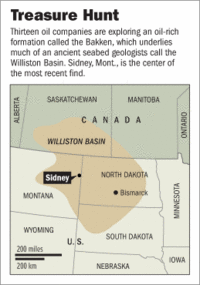One of the EU’s findings is that Microsoft uses its desktop dominance to capture the market for Web server software, and now the EU further charges Microsoft with failing to honor its ruling. So Microsoft’s takeover of serverware proceeds apace? Er, Brussels we have a problem.
At last count, Apache-Linux had 62% of the market, Windows 25%, with various others capturing smaller slices. True, Microsoft saw a nearly five-point increase in market share last quarter thanks to GoDaddy.com shifting its 3.5 million hosted sites from Linux to Windows. Maybe the EU should subpoena GoDaddy on grounds that for Microsoft to compete successfully for a customer is illegal.
The other pillar of Europe’s case is Microsoft’s alleged ability to foreclose the market to rival media-playing software. This week, EU lawyers are trying to swat down the inconvenient fact that, since their ruling, Apple’s iTunes and Macromedia’s Flash Player have carved out big niches for themselves. The Apple example is worth inspecting up close. It demonstrates that people don’t buy computers to run software, but to consume information and entertainment "content." Apple gave them the music they wanted, and its software easily found a home on their computers.
Yet the EU simply rejects the example as irrelevant because it doesn’t fit its mental category about what constitutes a "media player." More than stupid — this suggests a pathological revulsion against the kind of disorder in which an Apple can come along and upend all the procrustean assumptions of the EU’s drearily youthful staff of economists and lawyers. We’re not kidding when we say there’s a connection between the Microsoft case and the European 20-somethings who riot in the streets because they’d rather have no job than take a job from which they might fail and be fired.
For the full commentary, see:
HOLMAN W. JENKINS, JR. "BUSINESS WORLD; The Land (and Antitrust Case) That Time Forgot." The Wall Street Journal (Weds., April 26, 2006): A17.


 A Bangalore radiologist. One of three radiologists in India known to be reading U.S. scans. Each of the three has a U.S. degree, as required by U.S. law. Source of image:
A Bangalore radiologist. One of three radiologists in India known to be reading U.S. scans. Each of the three has a U.S. degree, as required by U.S. law. Source of image:  A cowboy on "Texas Ranch House." Source of image: the WSJ article cited below.
A cowboy on "Texas Ranch House." Source of image: the WSJ article cited below.

 Source of image: WSJ article cited below.
Source of image: WSJ article cited below.


 A salute to Villepin may be in order. Source of image:
A salute to Villepin may be in order. Source of image: